Training and hackathons are moving online
/A while back, I announced that we’re running some public courses in June. These courses will now be online.
They have also decreased in price by 33% because we don’t need a physical space or physical sandwiches. So the 3-day Intro to Geocomputing class now costs only USD 1200 (or $300 for students). The 2-day Intro to Machine Learning class, which is only available on the Americas timing for now, is USD 800, or USD 600 if you take both classes.
The really nice thing is that because they have no physical location, you can take part from anywhere! Well, anywhere with good Internet. Both courses are still running the week of 1 June, and there are a few places left on both courses.
More info:
The hackathons are going online too
We’re also involved in some public hackathons that are moving online. Both events will now also be FREE.
On 30 April and 1 May, we’re running a (very experimental) online Geothermal Hackathon. If you’re into hot rocks, or just want to hack on open data and new problems for a couple of days, you should join us! I can’t tell you much about what we’ll be doing though. It depends a lot on who shows up at the start, and what they want to do. You can join the conversation ahead of time on Software Underground — look for the #geothermal channel.
Later, from 6 to 14 June (yep, not a typo) the Software Underground will be hosting a multi-day, muti-modal, multi-mayhem digital subsurface festival. No, I don’t really know what that means… but I know it’s going to be awesome. Again, the conversation is happening on Software Underground — hunt down the #global-hack-2020 channel.
Check back here soon for more about this brand new kind of event.














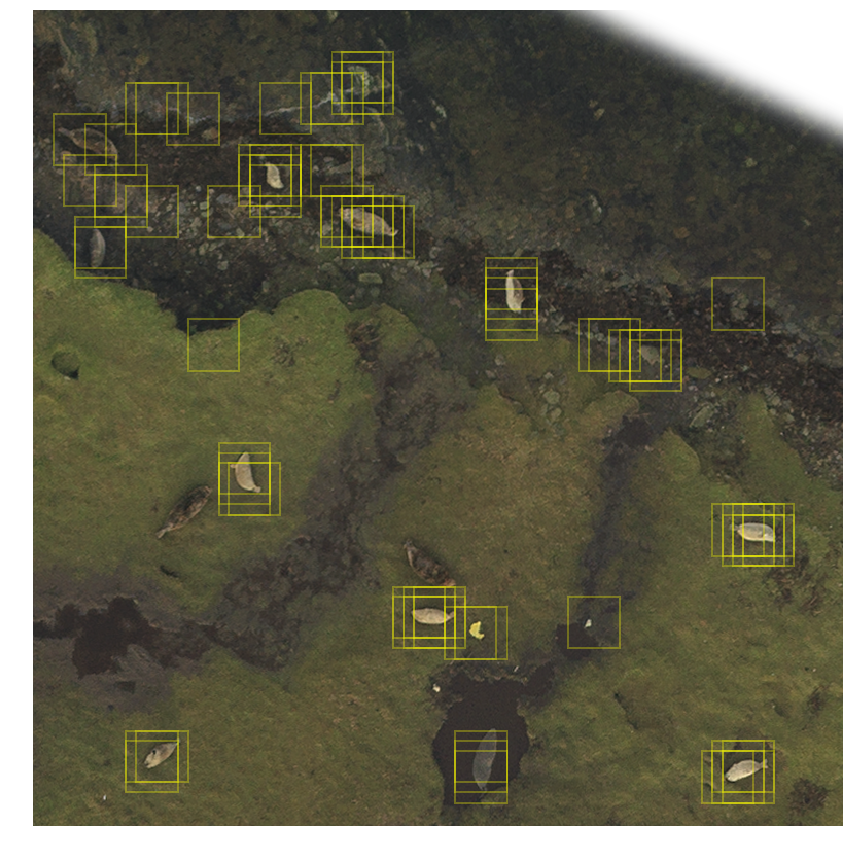






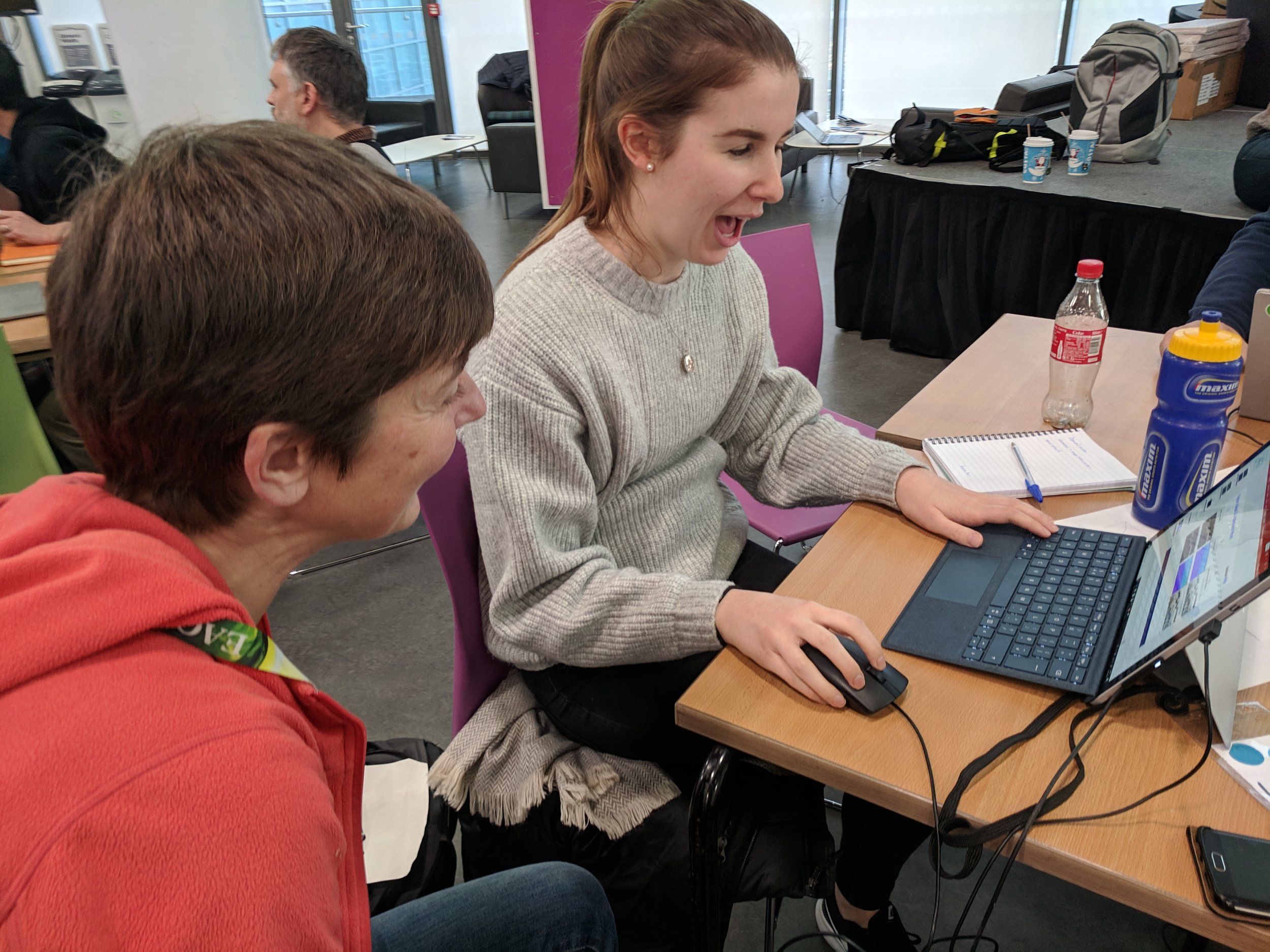
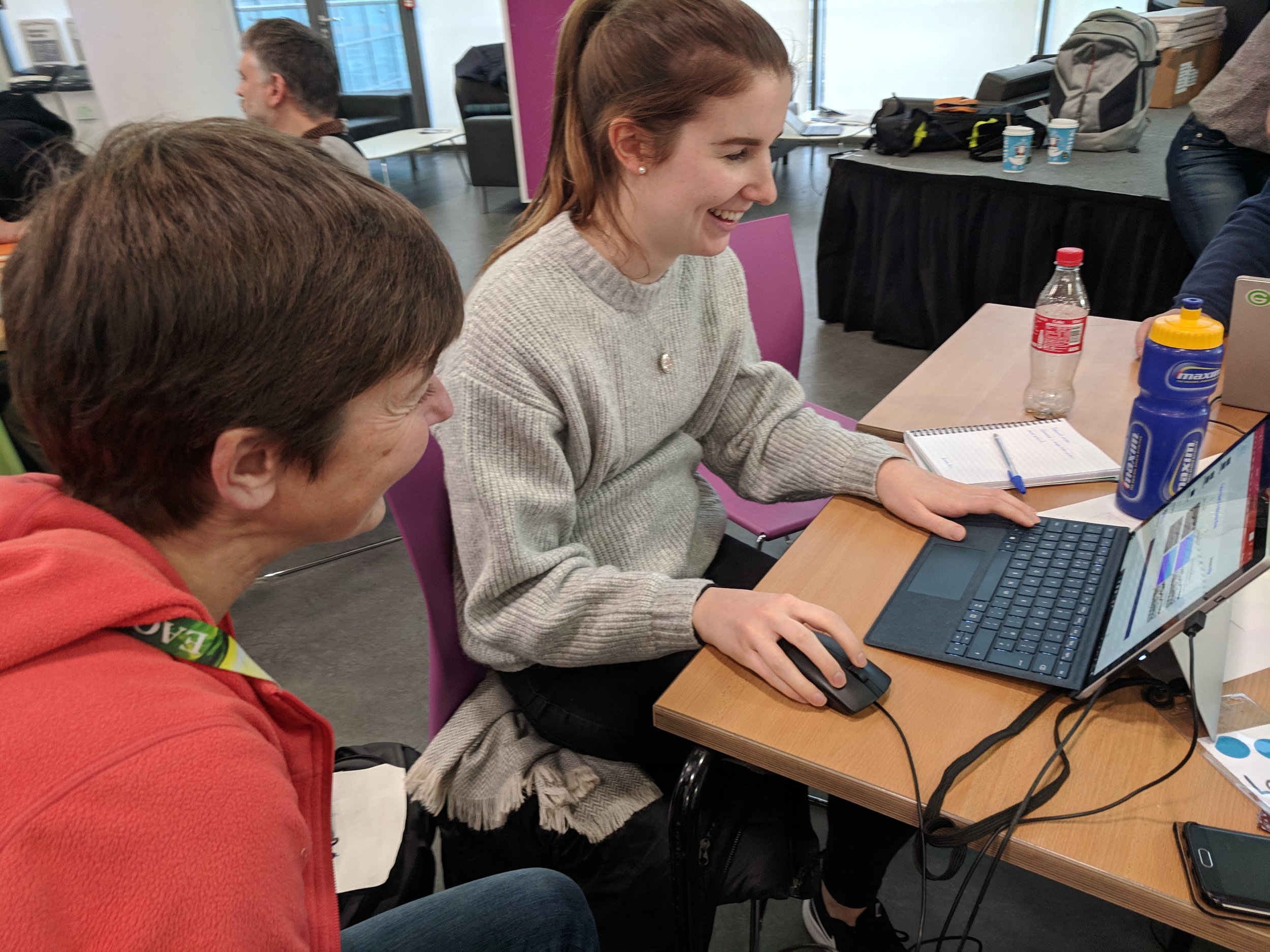
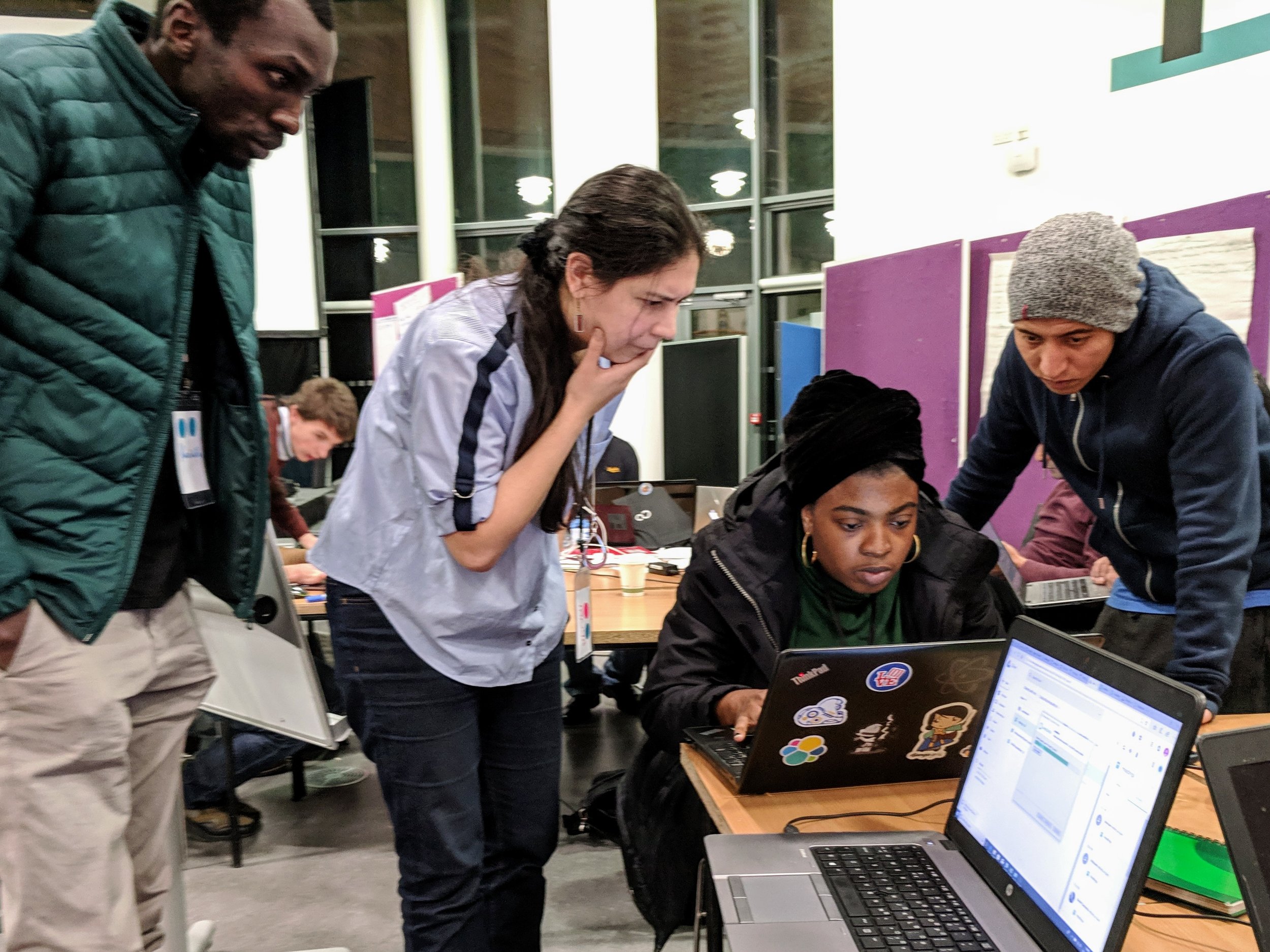
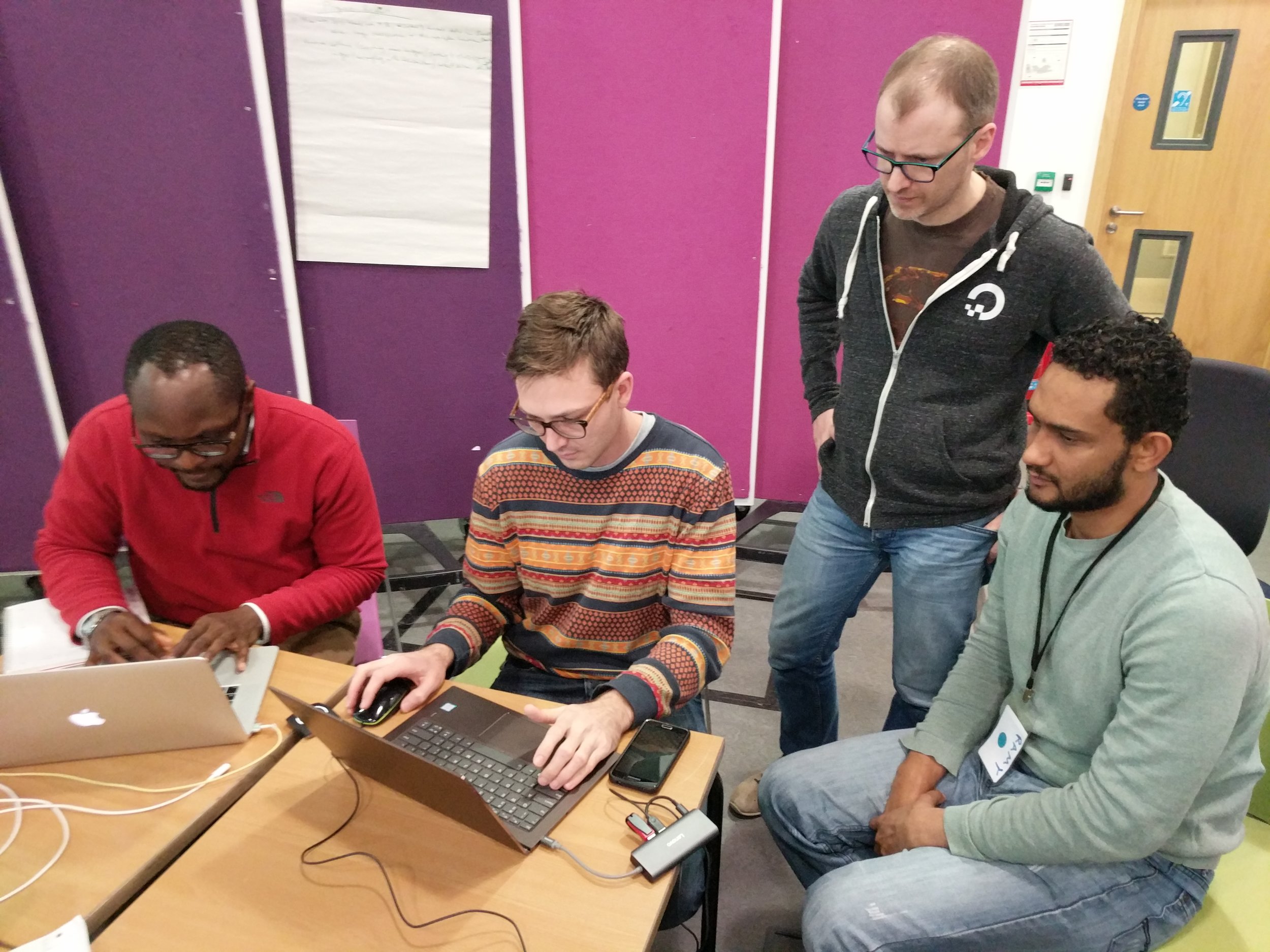
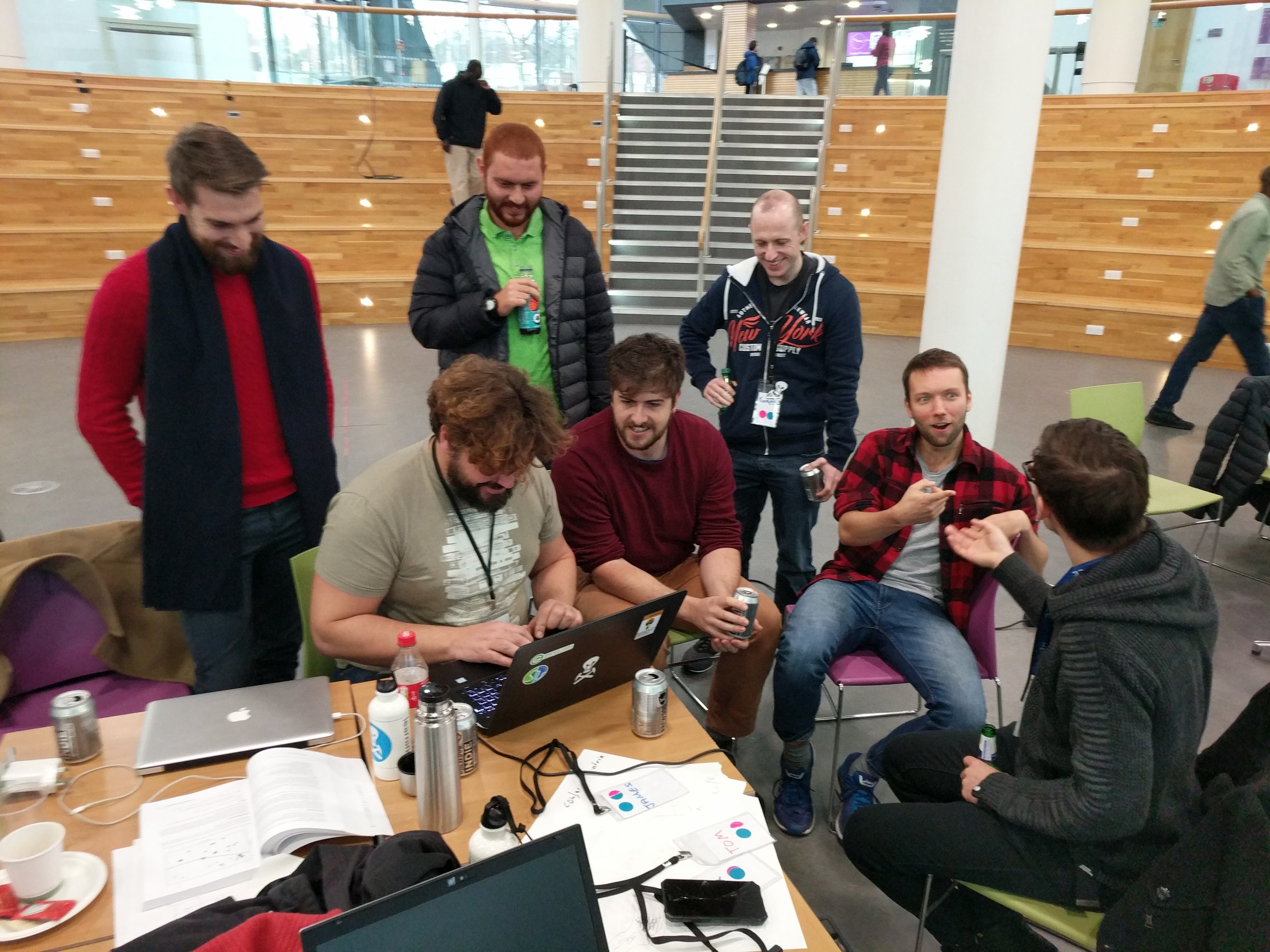

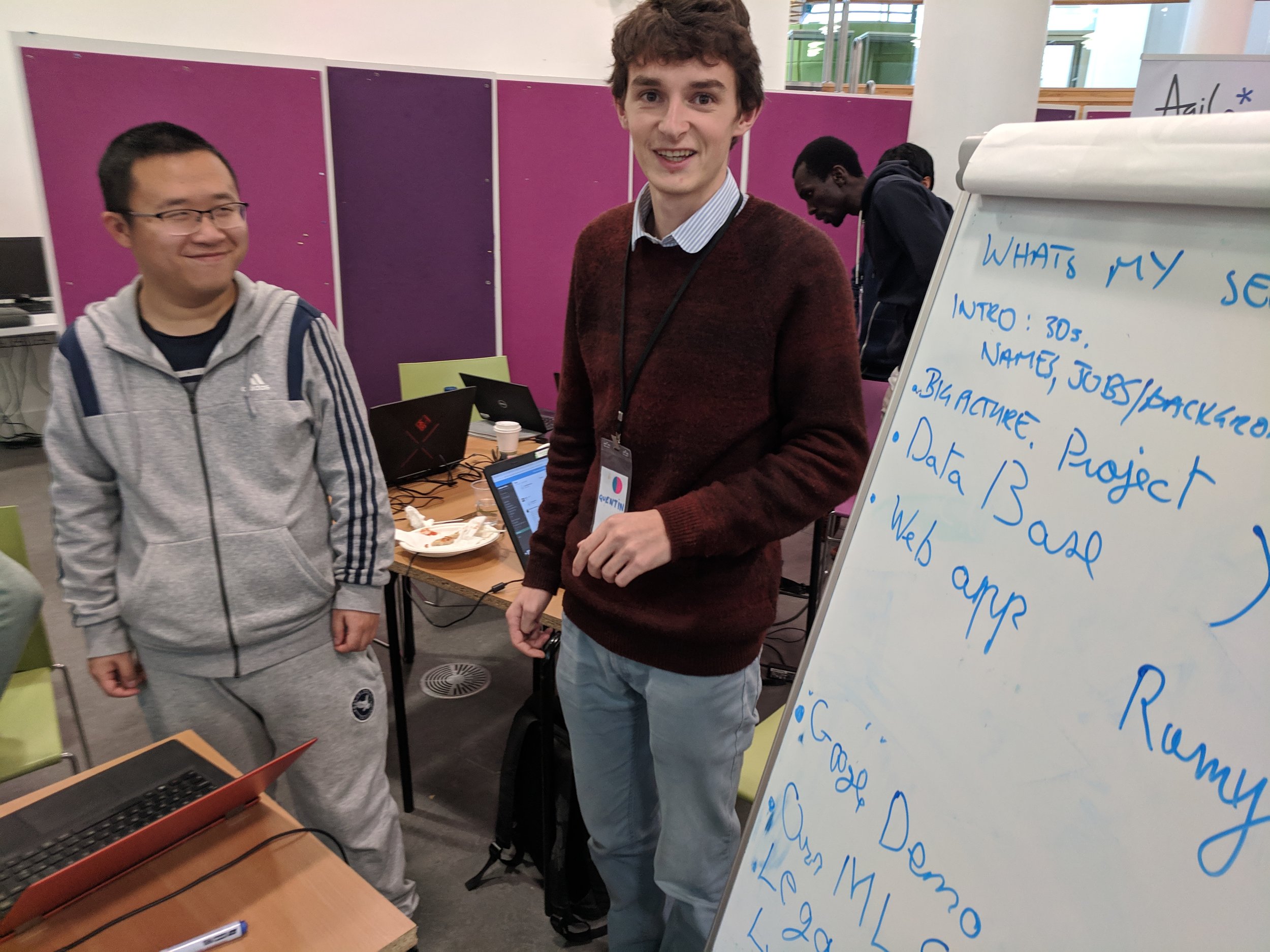
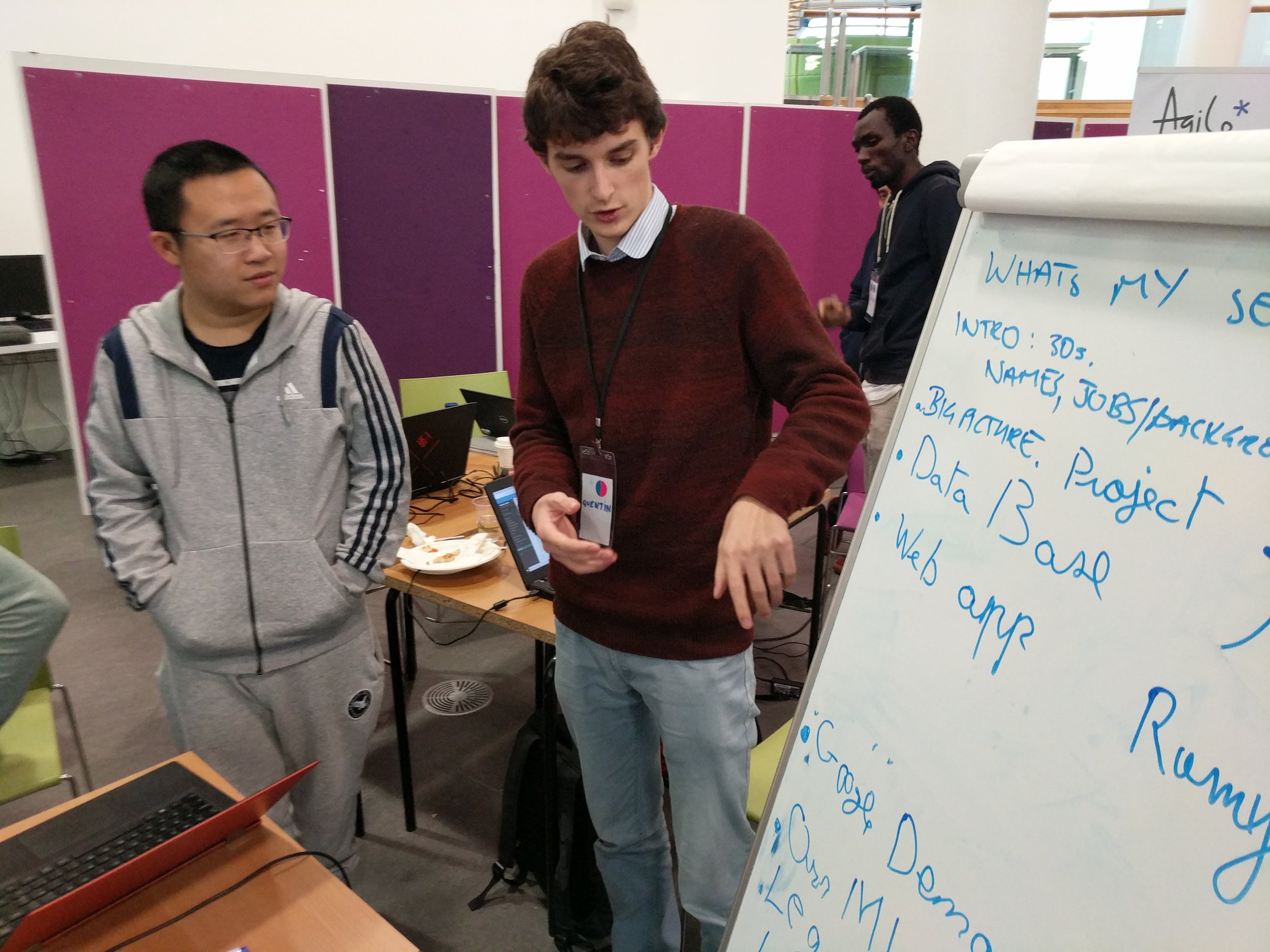
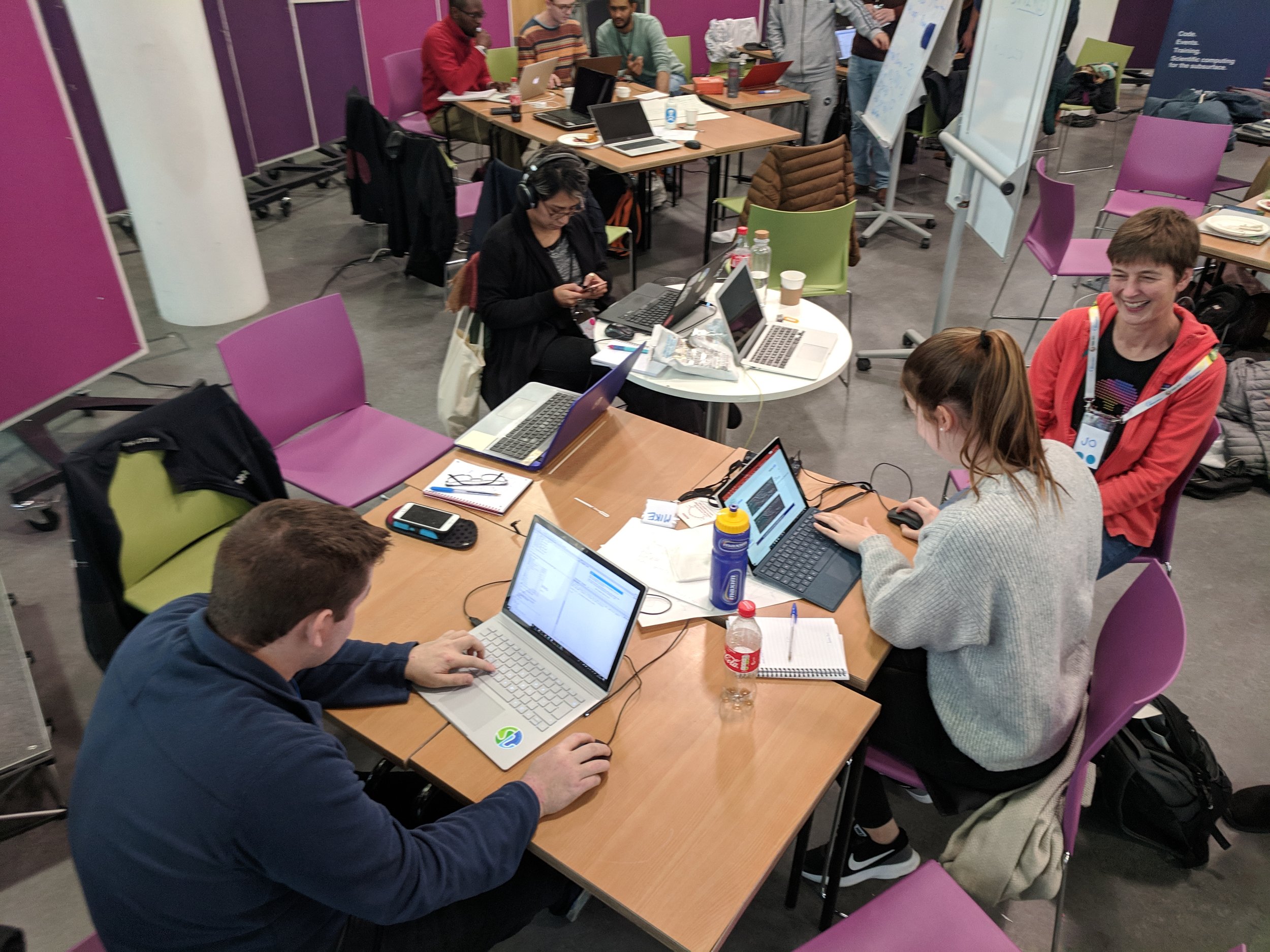
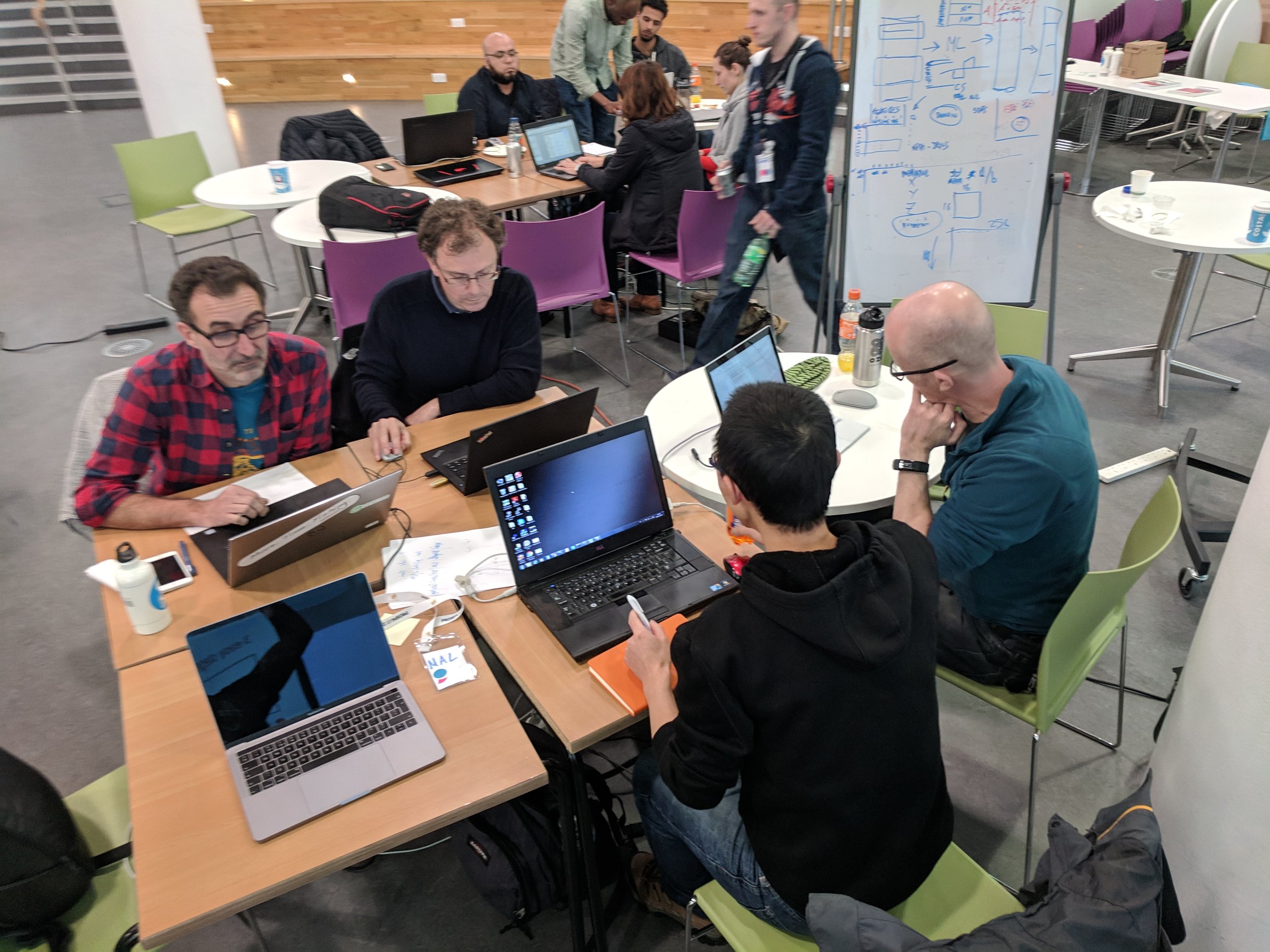
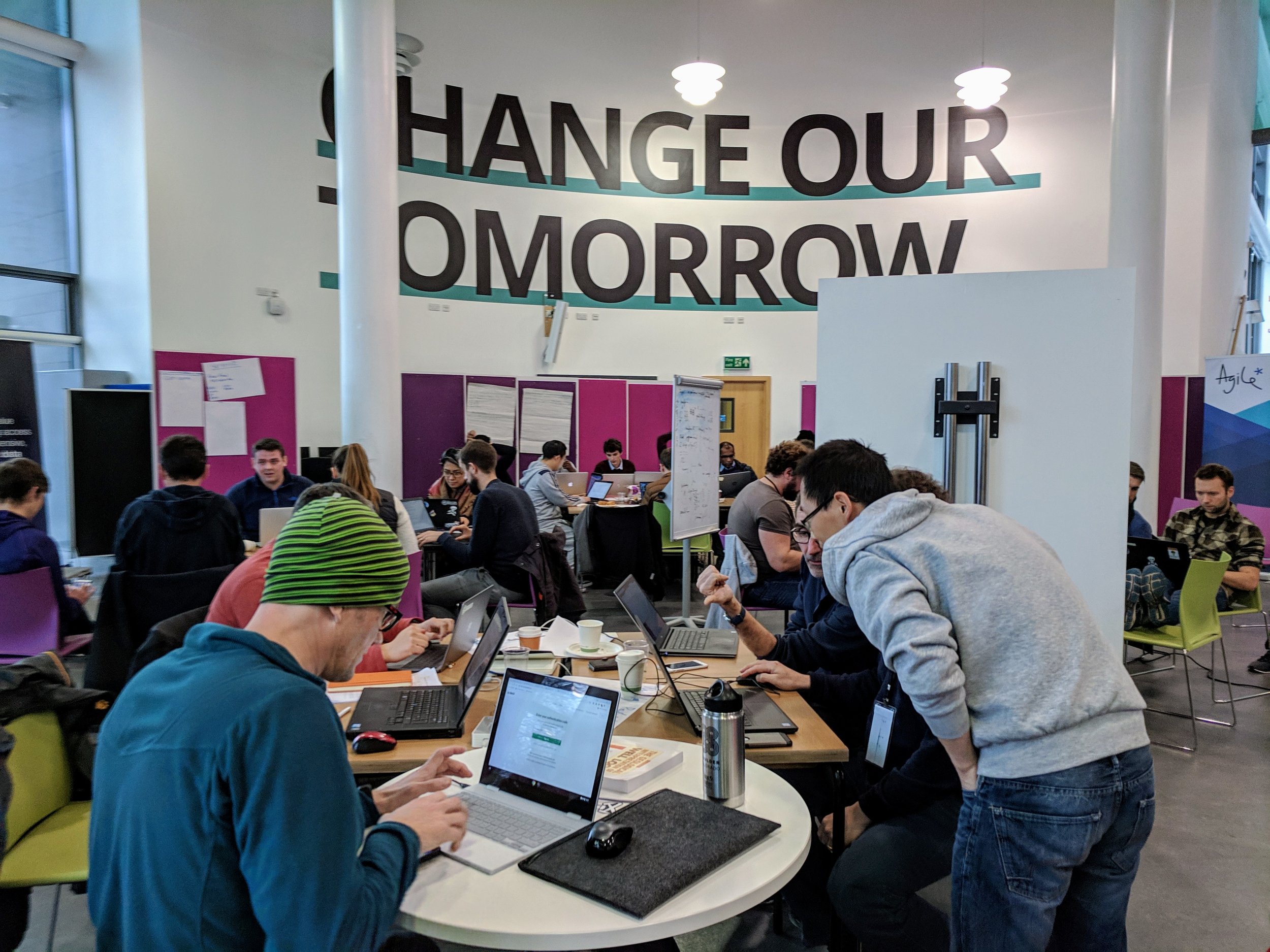
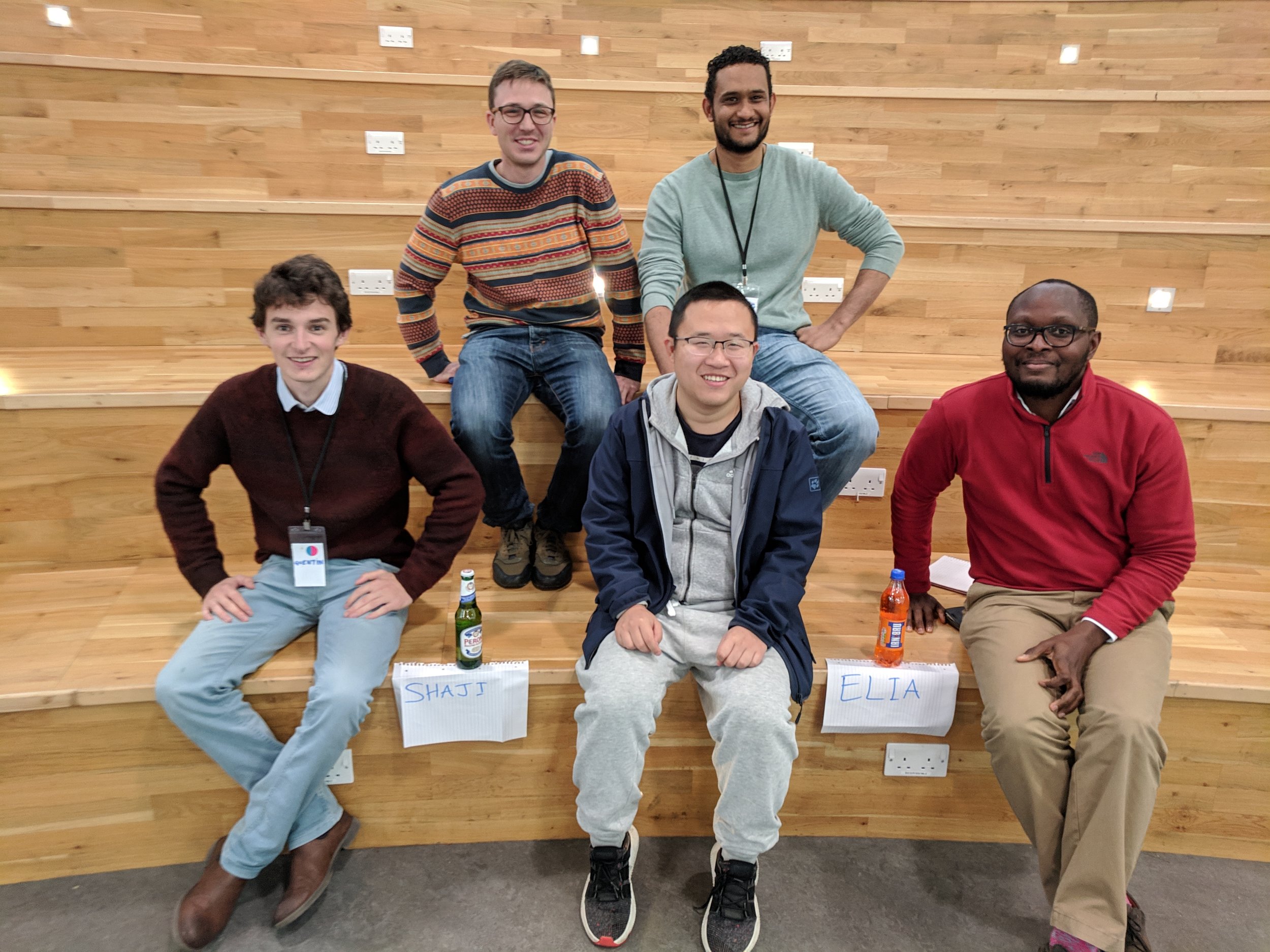
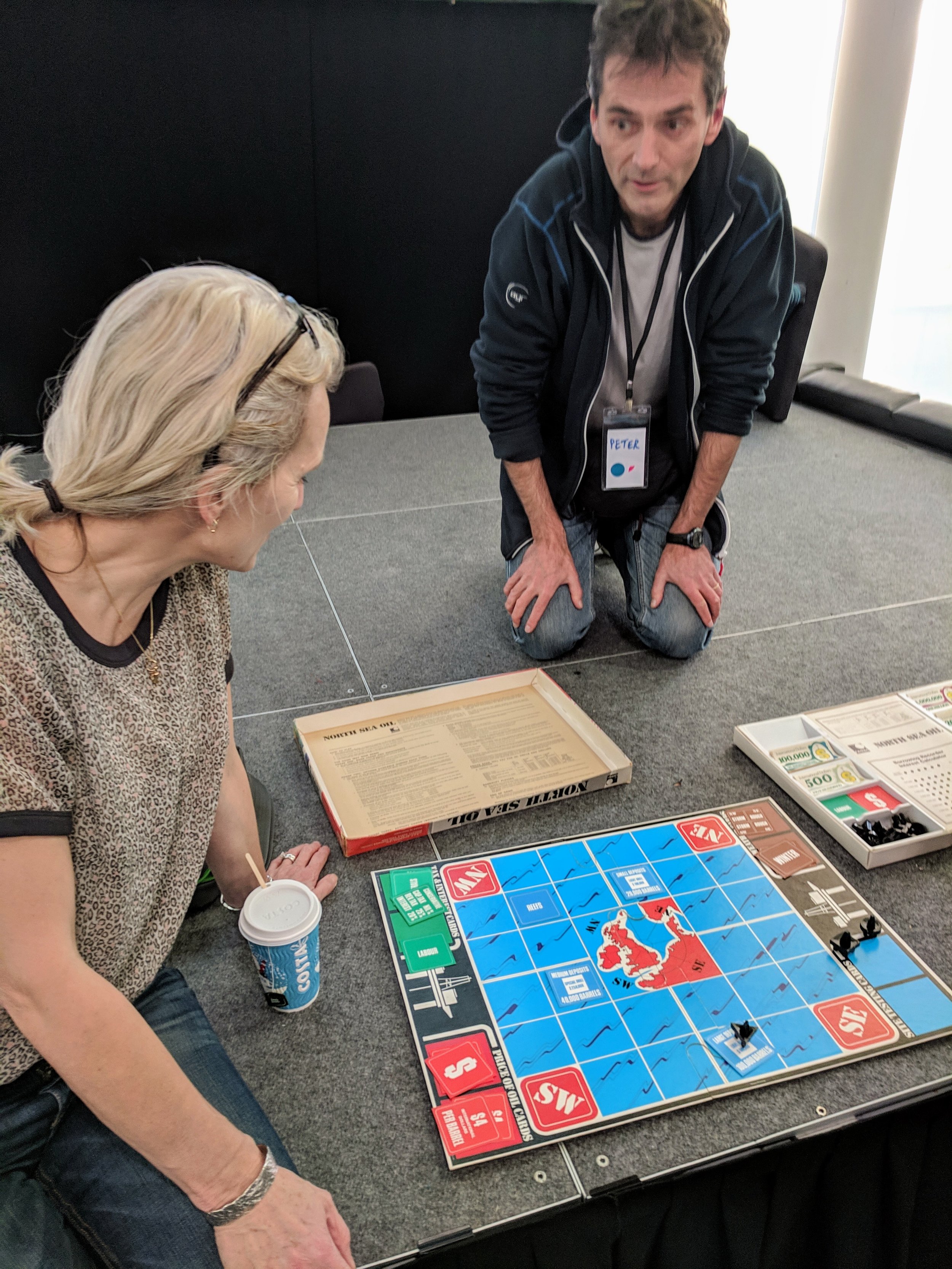
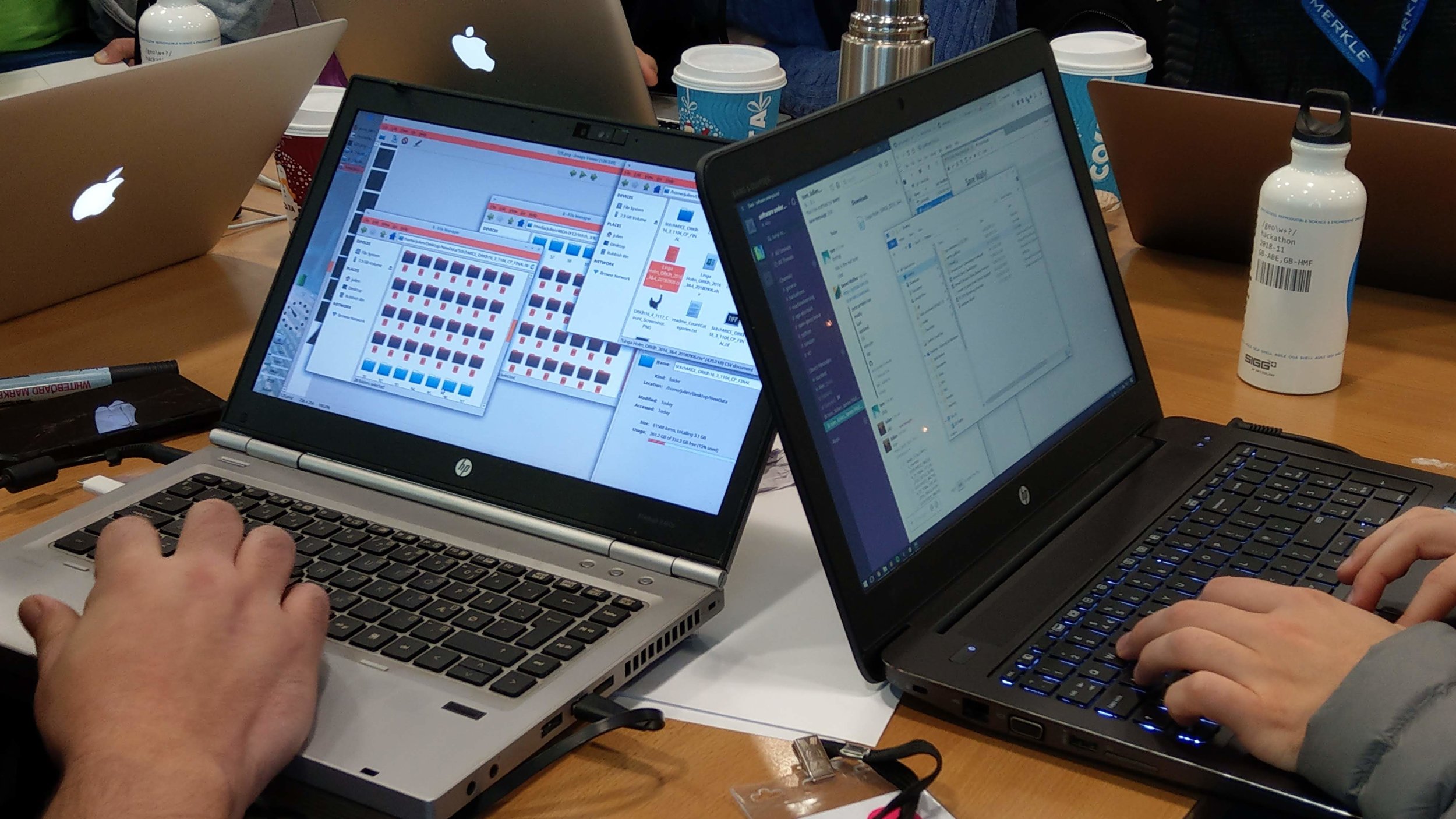




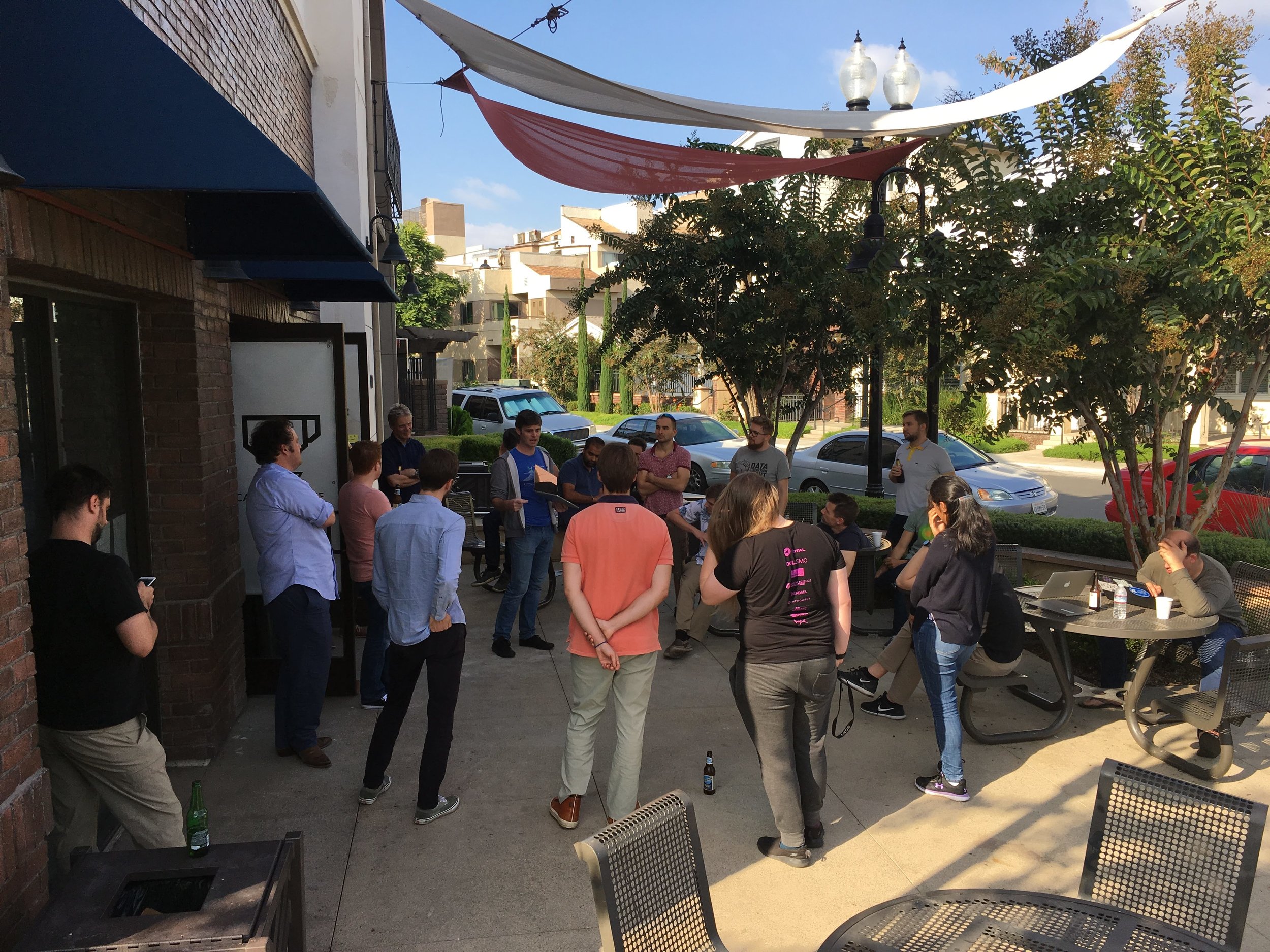


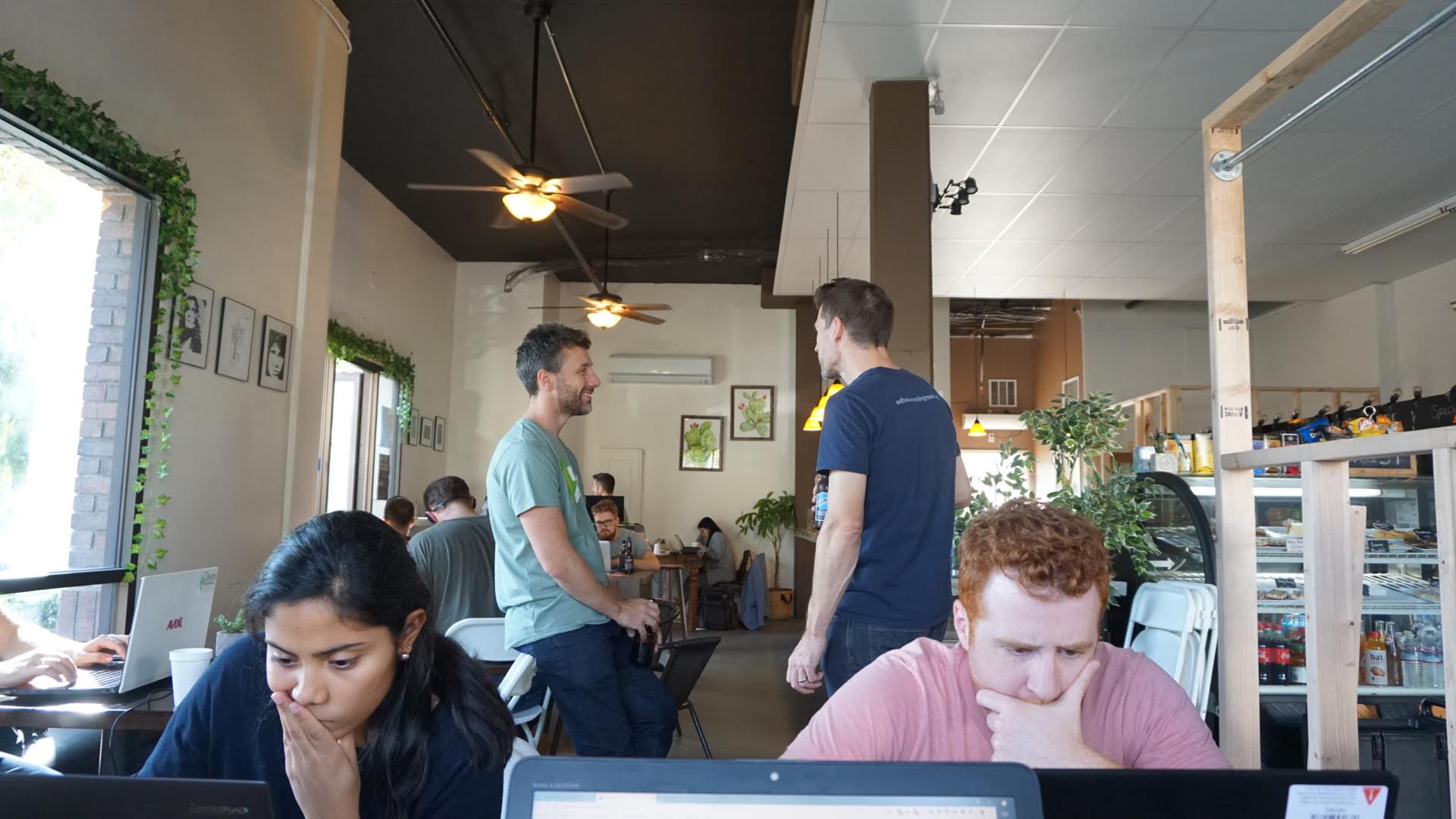
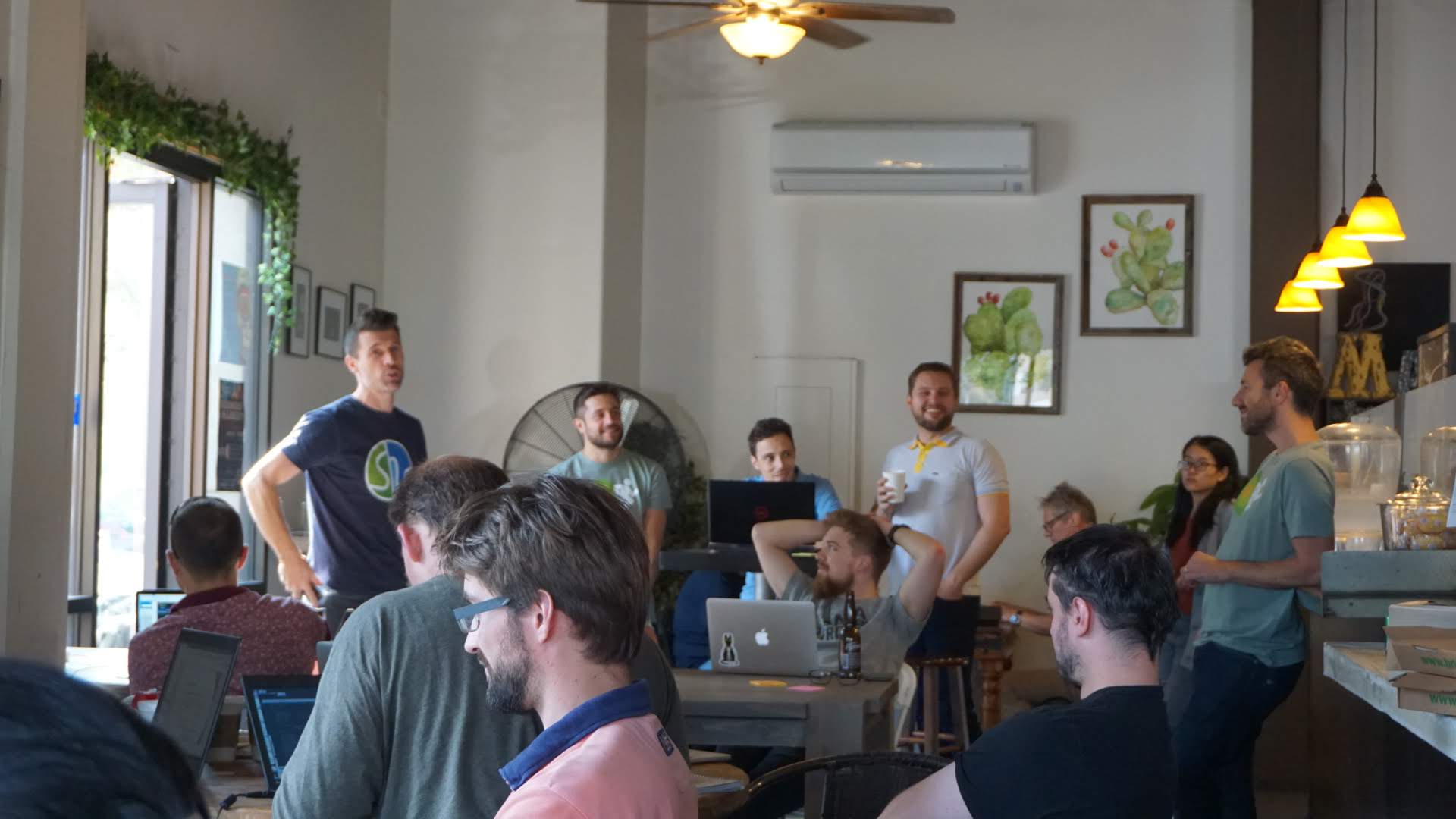

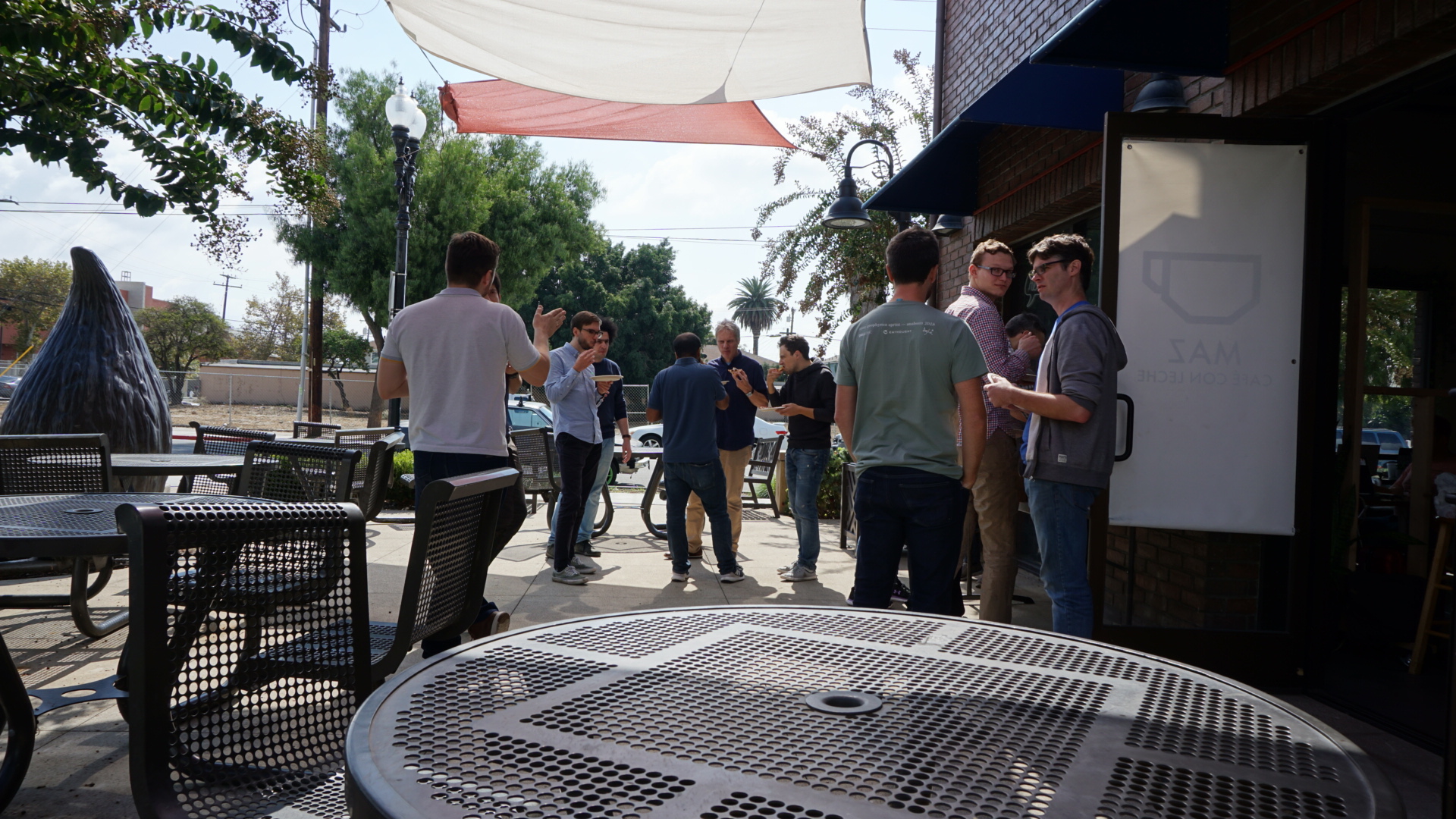
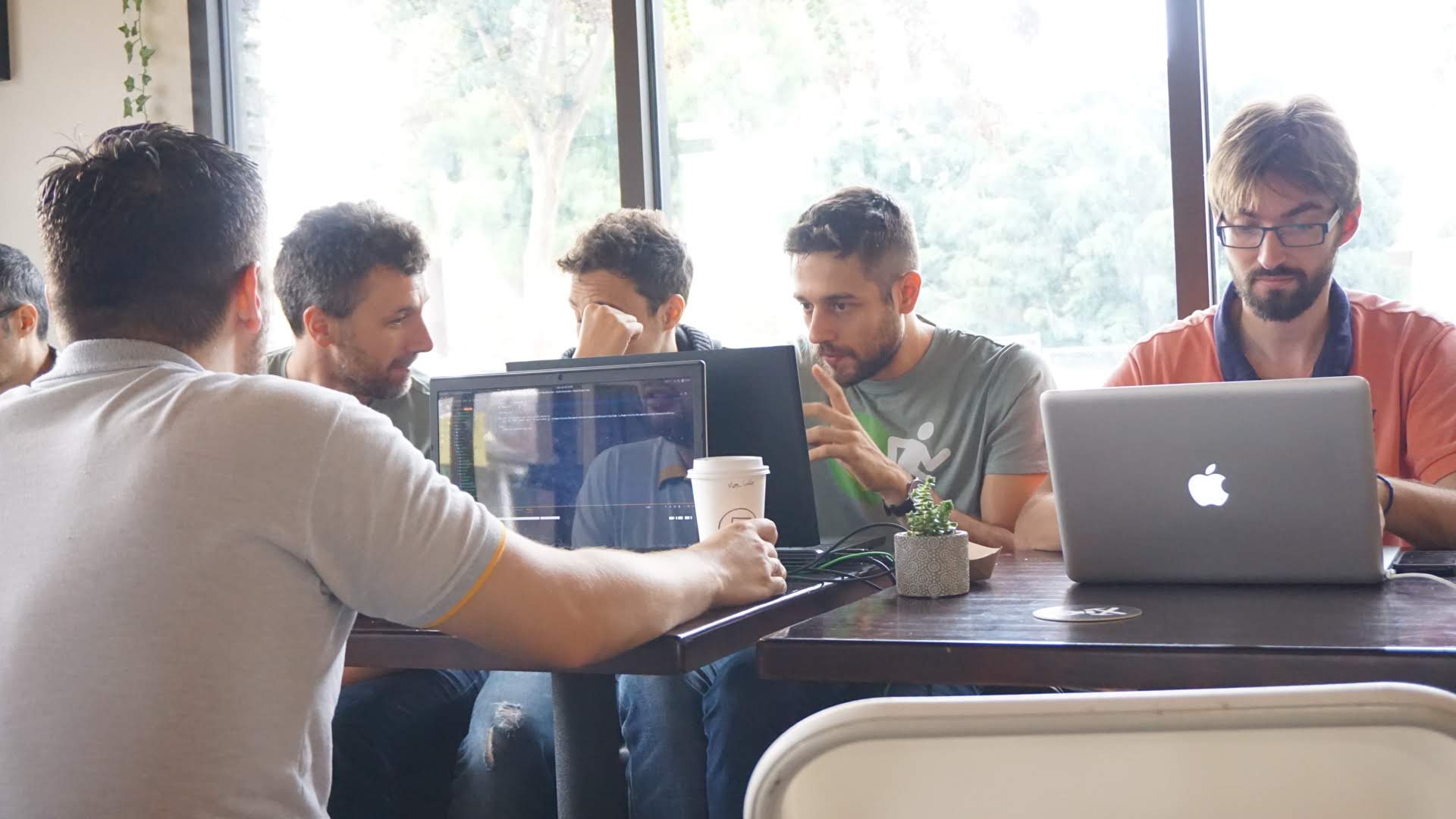
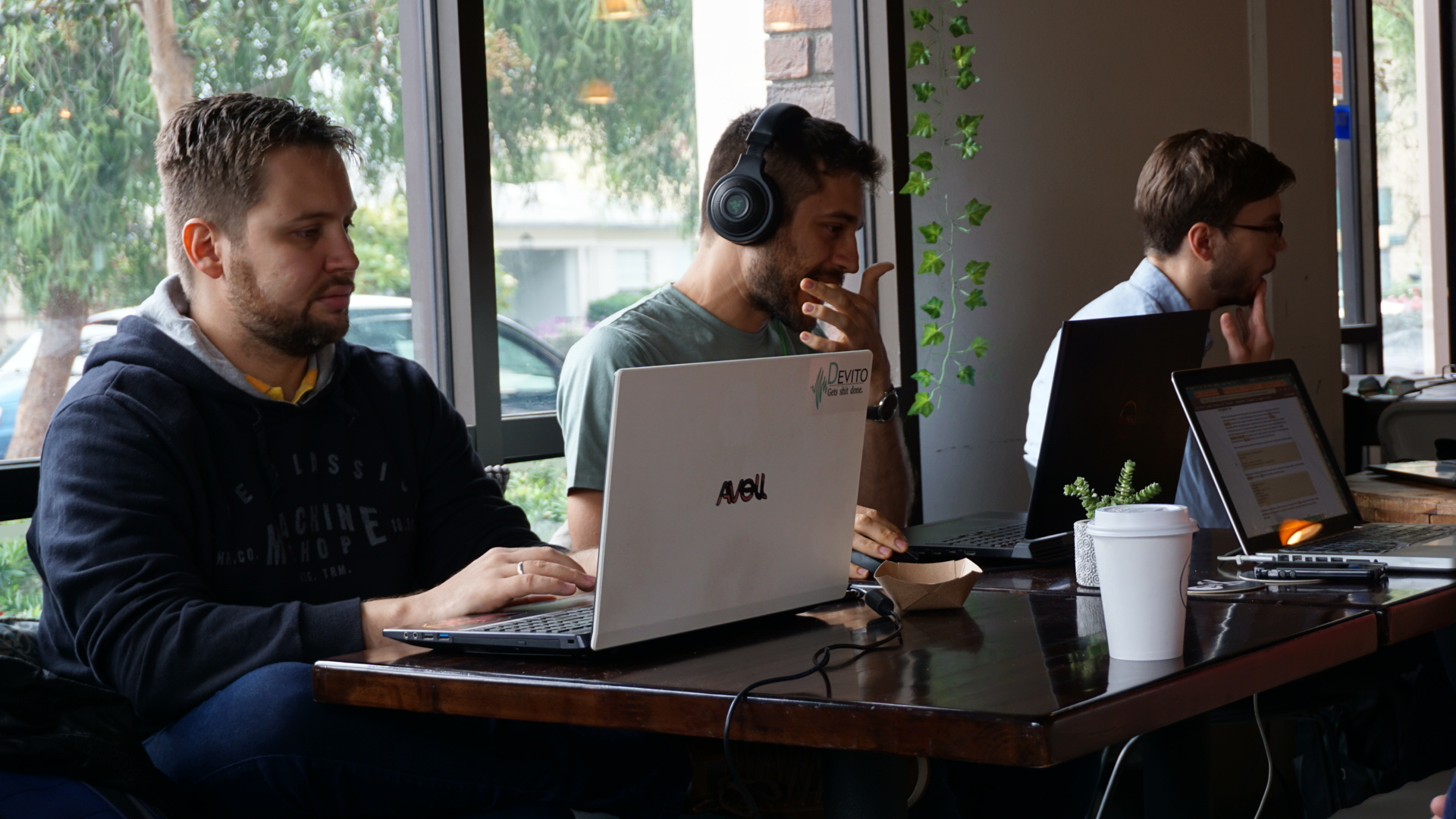

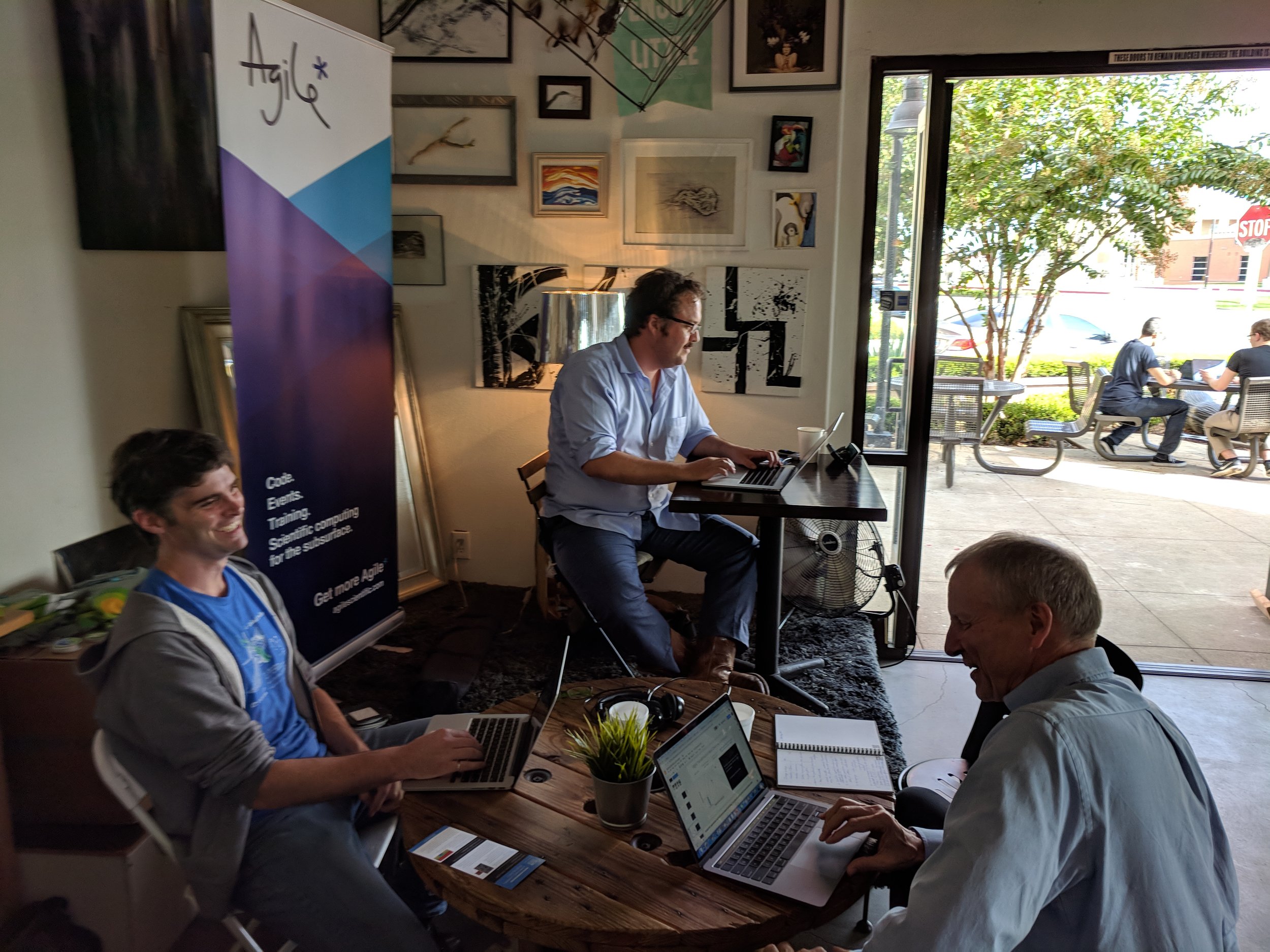
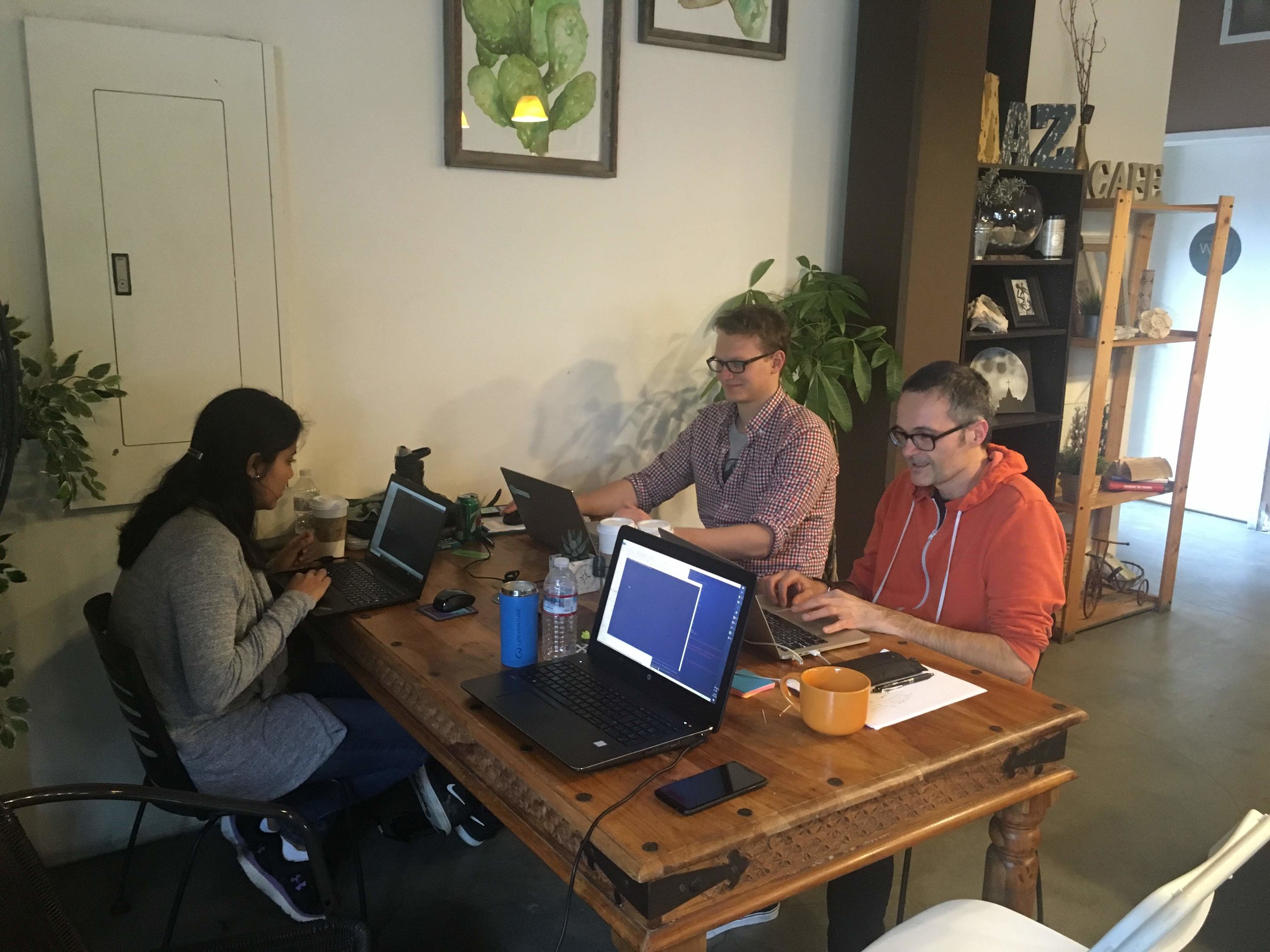

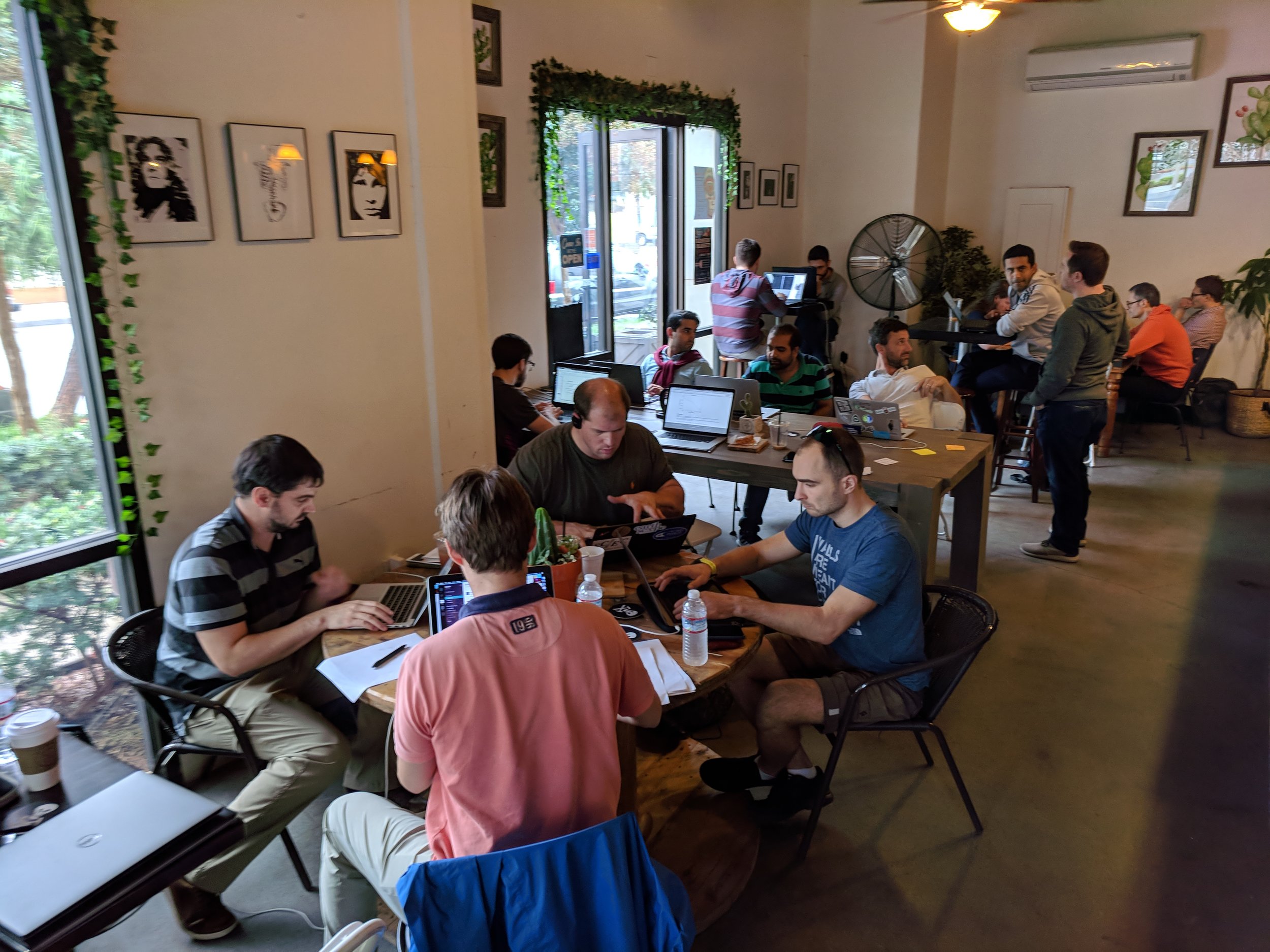








 Except where noted, this content is licensed
Except where noted, this content is licensed